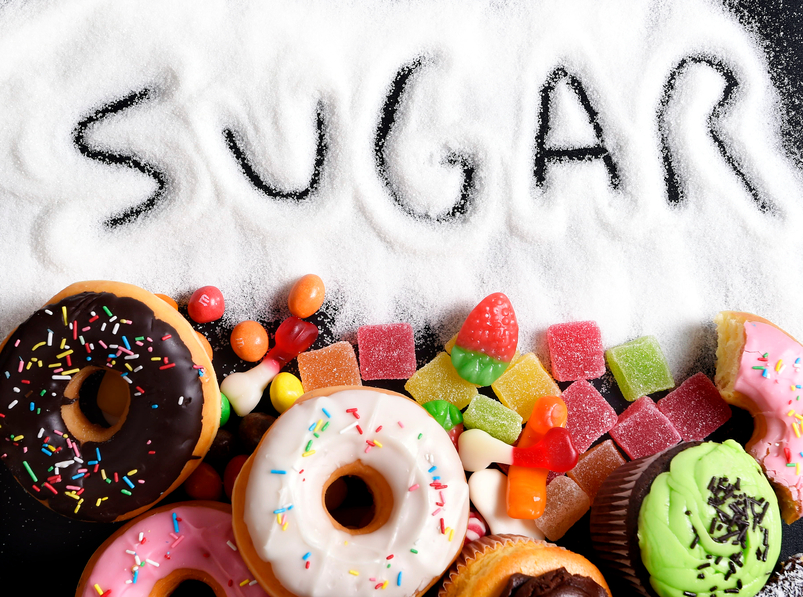It’s been a busy season for the Food and Drug Administration’s venerable Nutrition Facts Label. First the FDA rolled out a pending overhaul of the label, which had remained more or less the same for the past 20 years, then announced the launch of the Nutrition Facts Label Online, a useful tool for consumers to make better use of label information. In a three-part package, Healthy Headlines highlights the changes and what it means for you.
TODAY: NEW SUGAR LABELING
Among the more significant changes to the food label is the requirement that not just sugar, but added sugar, be listed. Added sugar will be listed both in grams and in the percentage of dietary value.
“Studies have shown that sugar can have many negative effects on our bodies, such as diabetes and weight gain, when consumed in excessive amounts,” said Eric Davenport, a dietitian with St. Elizabeth Physicians.
The 2015-2020 Dietary Guidelines for Americans, established by the U.S. Department of Health and Human Services and Department of Agriculture, say that Americans should be eating less than 60 grams of sugar of day, Davenport said, “and added sugar may be a way that we are consuming more than this on a daily amount.”
“This can greatly increase our risk for health complications such as heart disease,” Davenport said.
The new label, which must be in place by July 2018, will make it easier for people to distinguish between sugars occurring naturally in foods, such as fruit and dairy products, and sugars added to affect taste in many processed foods.
Currently, to find added sugar, you have to look for key words among the ingredients, words like corn syrup, corn sweetener, dextrose, fructose, high-fructose corn syrup, glucose, sucrose, lactose and maltose, brown sugar, raw sugar or table sugar. But while you may find the presence of any of these additives, you won’t find their concentration.
The FDA says added sugar accounts for, on average, 13 percent of Americans’ daily diet; the FDA recommends no more than 10 percent from added sugars.
The delicate balancing act is meeting the Recommended Dietary Allowance of nutrients and staying within total-calorie guidelines. Added sugar brings you closer to your calorie ceiling without getting the nutrients your body really needs.
Some dangers are easy to see. The 20-ounce bottle of soda you find in a convenience store packs 65 to 80 grams of sugar, taking you past your RDA in a few swigs. But with soda, you know the sugar you’re getting is all added.
Consider a fruit cup you might pack in a lunchbox. A one-can serving (113.3 grams) contains 19 grams of sugar. But how much is natural (from the fruit) and how much is from the heavy syrup it’s packed in in the can?
That’s not on the label.
And that’s going to change.
“Because it has not been listed on nutrition labels in the past, added sugar can be a hidden source of calories in seemingly healthy things such as a fruit cocktail,” Davenport said. “The new nutrition labels will make people aware of whether the sugar in their food is a natural, healthier source, or has been added in processing. As a general rule of thumb it is a good idea to avoid any added sugar, and the new FDA changes will make this easier.”

